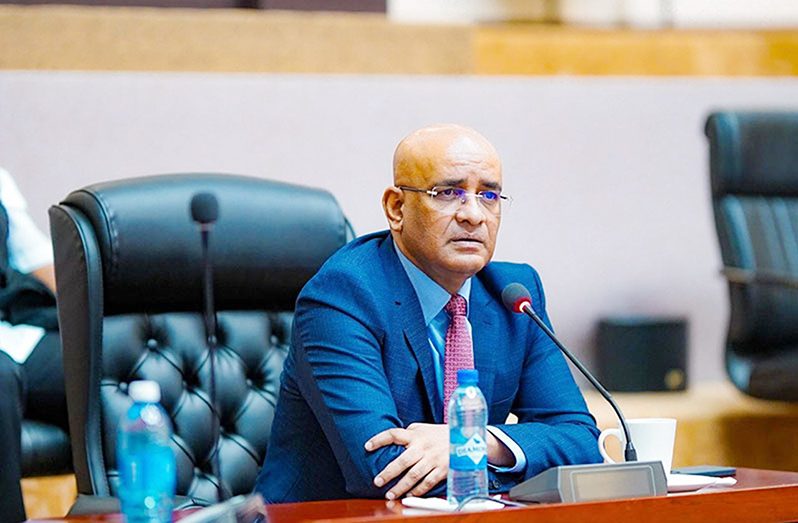IN a bid to deliver cheaper and sustainable electricity, the Government of Guyana is exploring the establishment of turbines to supply power to several hinterland regions.
This is according to the country’s Vice- President, Dr. Bharrat Jagdeo, who, during a news conference last week, revealed that the government is exploring the potential of harnessing power from the country’s landmark gas-to-energy project to set up turbines in Bartica, Lethem, Linden and along the Essequibo Coast.
“If it’s technically feasible, we have some good price offers, but we don’t know if it’s technically feasible yet to take the power off the pipeline and containerise them, and move them into these areas, so that we can supply these areas that are not connected with the Demerara-Berbice grid,” he explained.
The government, he stressed, will first have to see if this is feasible.
In the meantime, the government, he noted, has been distributing solar panels in these areas.
“We are putting in solar panels in Essequibo, Berbice, and Linden about 35 megawatts. We are thinking about another 25 megawatts of solar in Demerara,” VP Jagdeo said.
Guyanese stand to save over US$100 million per annum as a result of the reduction in electricity prices after the gas-to-energy project comes on stream, Jagdeo had previously noted.
The landmark project will see a 200km 12-inch diameter pipeline channelling natural gas from the Liza Phase One and Liza Phase Two Floating, Production, Storage, and Offloading (FPSO) vessels to a power plant and Natural Gas Liquids (NGL) facility that will be built in Wales, West Bank Demerara.
ExxonMobil’s local affiliate, Esso Exploration and Production Guyana Limited (EEPGL), the operator in the Stabroek Block, and its co-venturers are constructing the pipeline.
That pipeline will be landing on the West Coast Demerara shore, and continue approximately 25 kilometres to the NGL and power-plant facilities. It has an estimated cost of US$1 billion and is cost-recoverable.
The conversion of natural gas from ExxonMobil’s offshore operations to electricity is a key component of the People’s Progressive Party (PPP) government’s objective to lower energy costs by at least 50 per cent through an energy mix, which incorporates gas, solar, wind, and “hydro” power.
SUBSIDIZING ELECTRICITY
Meanwhile, Dr. Jagdeo noted that the government intends to submit a supplementary budget proposal of US$66 million to further subsidize the cost of electricity.
According to him, the cost of fuel has increased $70 to over $100 per barrel, and the government has been absorbing these increases.
“We are not increasing the price of electricity in another country; they would have increased the price of electricity. So that means before the end of the year, we’ll go to Parliament for a supplementary of US$66M for just subsidizing electricity.”
“We are paying over $105, maybe $110 per barrel but we are not increasing the price of electricity,” the Vice-President added.
And though the government intends to acquire an additional 30 megawatts of power to support generation efforts, investments will be made to ensure that the existing grid is stable.
To this end, he noted that the Guyana Power and Light (GPL)—the country’s primary electricity company has tendered bids for works totalling $200 million to upgrade the grid.
Meanwhile, a $5 million contract has been awarded for upgrades to transmission lines from Kingston to Sophia.
Recently GPL, signed a multi-million-dollar contract with Urbacon Concessions Investments, W.L.L (UCI), a subsidiary of UCC Holdings in Qatar, in collaboration with Karpowership International to rent the ship for two years.
The Powership had arrived in Georgetown in May and was docked at Everton, East Bank Berbice in Region Six, and eventually connected to the Demerara-Berbice Interconnected System (DBIS).





.jpg)








